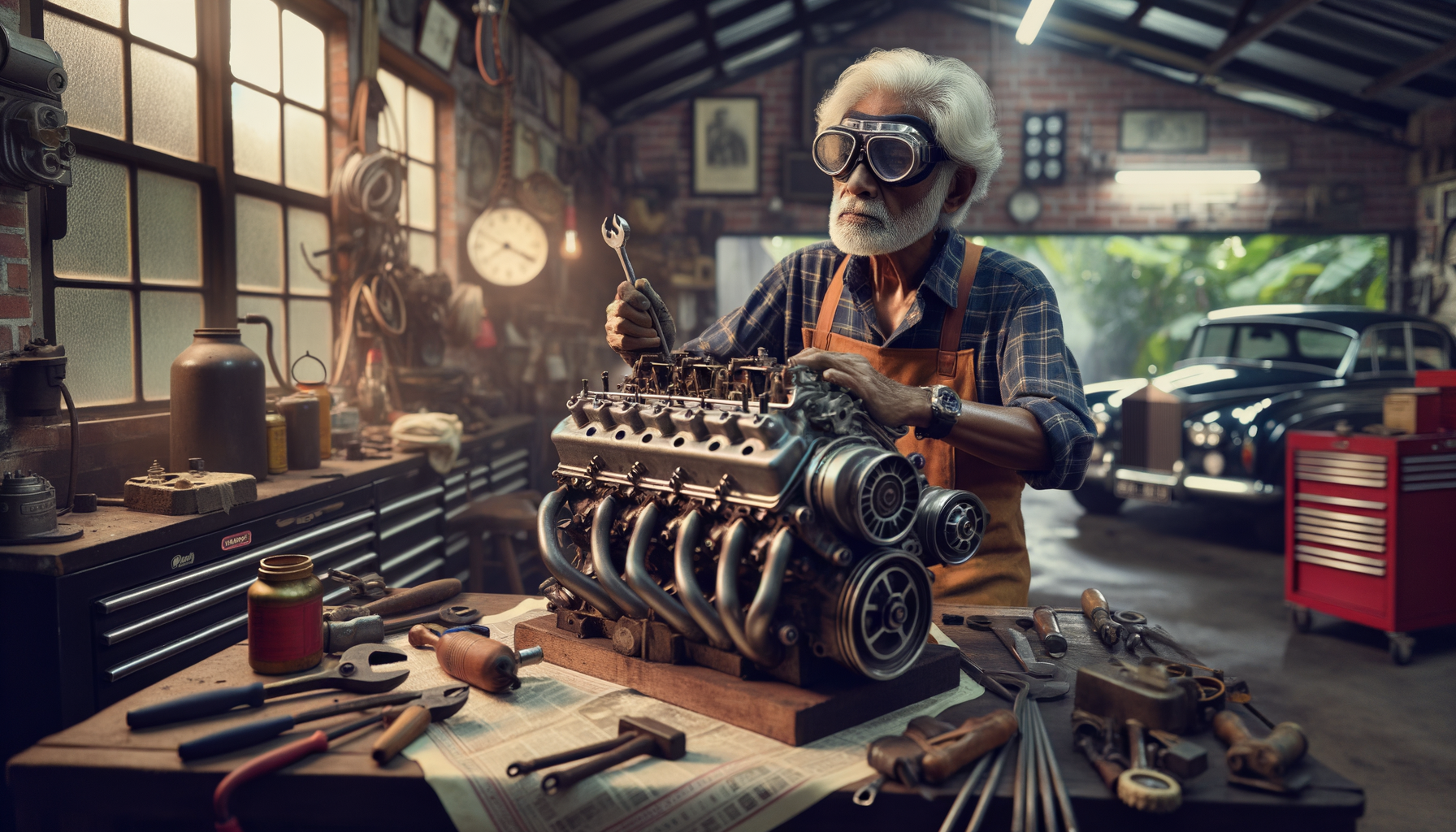Man Discovers 72-Year-Old Rolls-Royce Crate Engine and Brings It Back to Life for Pennies

When we think of Rolls-Royce, our minds typically drift to their iconic V8s or the Merlin V12s that powered legendary fighter planes from World War II. However, Rolls-Royce's engineering prowess isn't confined to the skies or luxurious vehicles. Enter the B range, a series of engines developed by Rolls-Royce for military vehicles during and shortly after World War II. Among these was the humble B40, a 2.8-liter inline-four engine, which recently re-emerged from an unlikely place.
The Birth of the B Range
During World War II, Rolls-Royce began designing what would become the 'B range' of engines. This project reached fruition in 1947 and saw the production of various engine sizes. The B40 was the smallest, at 2.8 liters, producing 80 horsepower, while the largest was the B81, a behemoth 6.5-liter engine churning out 185 horsepower. These engines found homes in a variety of military vehicles, such as the Daimler Ferret armored car and the Alvis carrier.
Interestingly, the Rolls-Royce Phantom IV is the only automobile that ever used the B range, specifically the inline-eight version, making it an incredibly rare sight among Rolls-Royce's more famous powerplants.
The B40’s Journey to Obscurity and Rediscovery
The B40 engine was most commonly found in the Austin Champ, a military vehicle inspired by the Willys Jeep. Austin Motor Company built around 11,000 of these Champs, and because Rolls-Royce couldn’t meet the high demand for engines, Austin also started manufacturing the B40s. Besides jeeps, these engines powered generators, cranes, and various other equipment. But what’s truly fascinating is that some of these engines were sold as crate engines, unused and waiting to be discovered.
One such B40 recently surfaced in the United States, still in its original packaging, untouched for 72 years. The engine was auctioned off for a paltry sum, especially considering its historic value. The new owner, a savvy YouTuber, was initially hunting for excavator parts when he stumbled upon the Rolls-Royce crate engine. Seizing the opportunity, he decided to focus a dedicated episode on his YouTube channel to show the world this incredible find.
Bringing the B40 Back to Life
After being locked away for decades, the engine was, unsurprisingly, in less than optimal condition. It had water in the oil pan, was missing its original carburetor, and was generally stuck from years of inactivity. However, our YouTuber was not dissuaded. He dismantled the engine, meticulously cleaned it, and provided it with a new carburetor, fresh oil and gasoline, and a modern starter.
The old engine roared back to life, proving that even after seven decades in a box, Rolls-Royce’s engineering remains resilient and reliable. This engine, which could easily have been scrapped for parts, was brought back from the brink, a testament to the robust design of the B40.
What will become of this resurrected engine remains a mystery, but its journey is an inspiring tale of discovery and restoration.
Watch the Revival
For those eager to witness this incredible revival in action, you can watch the entire process in the video below.